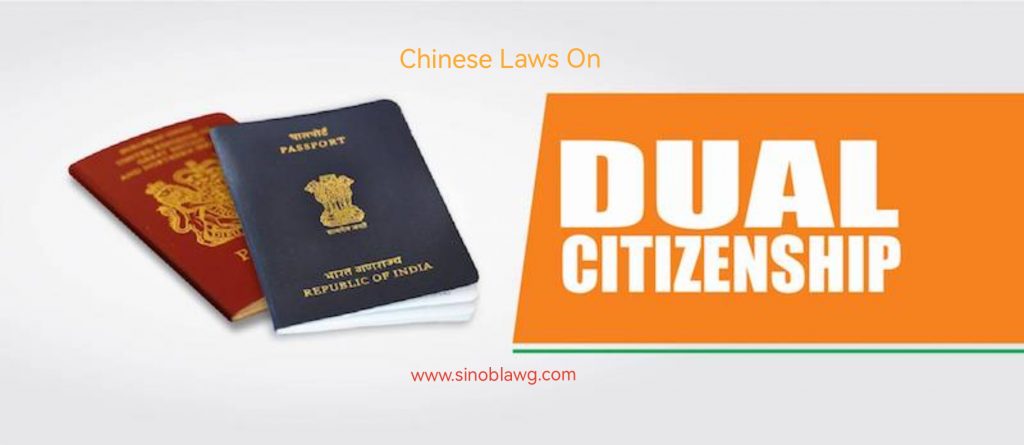An investment in China is often subject to regulation of more than one level of the governments. However, it is very often confusing to a foreigner to understand the political divisions through reading some scattered information in that regard. I will try to make my introduction accurate and comprehensive to help you understand this issue.
Bear in mind before reading on that some of those words like municipality, city, county, or townships have different implication or connotation than what you have known. Due historical and cultural reasons, there are simply no exact equivalents in English for the Chinese administrative units like Sheng, Shi, Xian, Zhou, Zhen, Xiang.
The administrative division of the nation is set forth in the Constitution, effective as of December, 4, 1982. According to Article 30 of the Constitution, generally speaking, the whole territory of China is divided administratively into three tiers:
(1) the whole country is divided into provinces (Sheng, in Chinese pinyin) and also at this provincial level, there are municipalities directly under central government (Zhi Xia Shi, in Chinese pinyin) and autonomous regions (Zi Zhi Qu, in Chinese pinyin);
(2) a province is usually divided into cities (Shi, in Chinese pinyin), autonomous prefecture (Zi Zhi Zhou, in Chinese pinyin), counties (Xian, in Chinese pinyin) and autonomous counties;
(3) a county is further divided into townships (Zhen or Xiang, in Chinese pinyin). Usually, a township may oversee a number of villages (Cun, in Chinese pinyin) and a village is not legally recognized as a political unit but a self-governed community under the oversight of the people’s government of the township.
As stipulated in the Constitution, a municipality directly under central government and a large city is divided into districts and counties. A district is a politically equal unit to a county. A municipality or large city may at the same time have several districts and counties under it. Usually, a district refers to a division of the downtown area of the municipality and city, and a county refers to the countryside of the municipality and city.
Thus, the whole vertical hierarchy of political division may be more accurately said to have four tiers as in the figure below:
However, the above has not conjured up a comprehensive picture of Chinese administrative divisions without including three special regions, namely, the Special Administrative Region of Hong Kong, the Special Administrative Region of Macau and hopefully in the near future, the “Special Administrative Region of Taiwanâ€.
As far as the foreign investment is concerned, you may only need to know which level will affect your establishment of business presence in China. According to the current foreign investment legal framework, generally speaking, only the government at the county level and above has power in approving foreign investment in its area according to the total investment amount, which category of industry in the Catalogue of Industries Guiding Foreign Investment and other factors.





Comments